10 Best Herbal Teas For Fungal Skin Infection
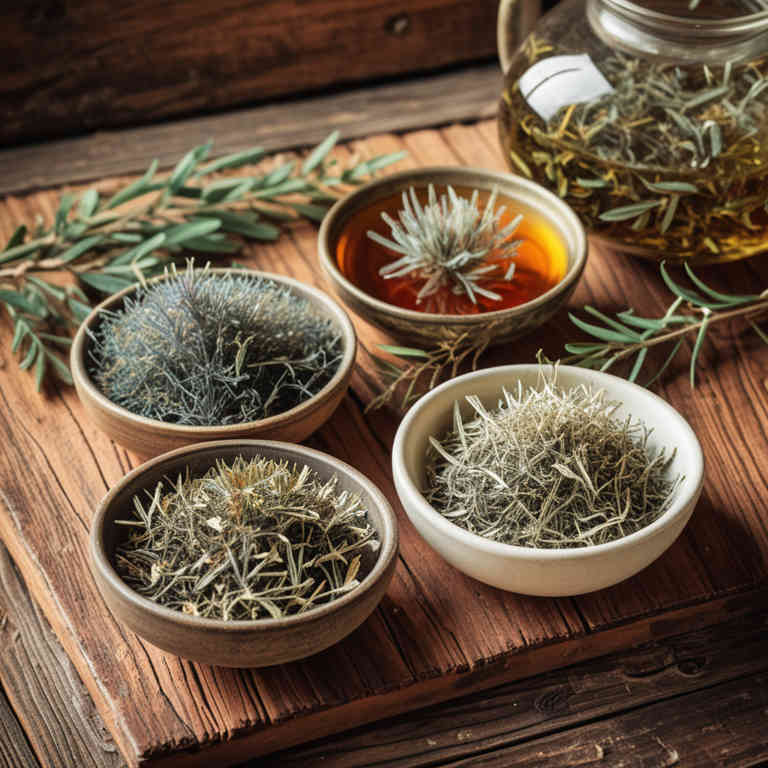
Herbal teas have gained attention as a natural alternative for managing fungal skin infections due to their antimicrobial and anti-inflammatory properties.
Certain herbs, such as calendula, chamomile, and tea tree oil, are commonly used in herbal teas to combat fungal growth and soothe irritated skin. These teas can be applied topically or consumed internally to support the body's immune response against infections. While they may offer relief, it is important to consult a healthcare professional to ensure they are safe and effective for individual conditions.
Herbal teas should not replace conventional treatments but can be used as a complementary approach under medical guidance.
FREE Herb Drying Checklist
How to make sure every batch retains maximum flavor, color, and aroma without the risk of mold or over-drying. Eliminate guesswork and trial-and-error, making herb drying faster, easier, and more efficient every time.
Table of Contents
1. Hypericum perforatum

Hypericum perforatum, commonly known as St. John's wort, is a herbal plant that has been traditionally used for its therapeutic properties, including its potential benefits in treating fungal skin infections.
The tea made from its dried flowers contains compounds such as hypericin and hyperforin, which have demonstrated antifungal and antimicrobial activities in scientific studies. When used topically, hypericum perforatum herbal tea may help reduce inflammation and inhibit the growth of fungi on the skin. However, it is important to note that while some preliminary research supports its efficacy, more clinical trials are needed to confirm its effectiveness and safety for treating fungal infections.
As with any herbal remedy, it should be used with caution and in consultation with a healthcare professional to avoid potential interactions with other medications.
2. Urtica dioica
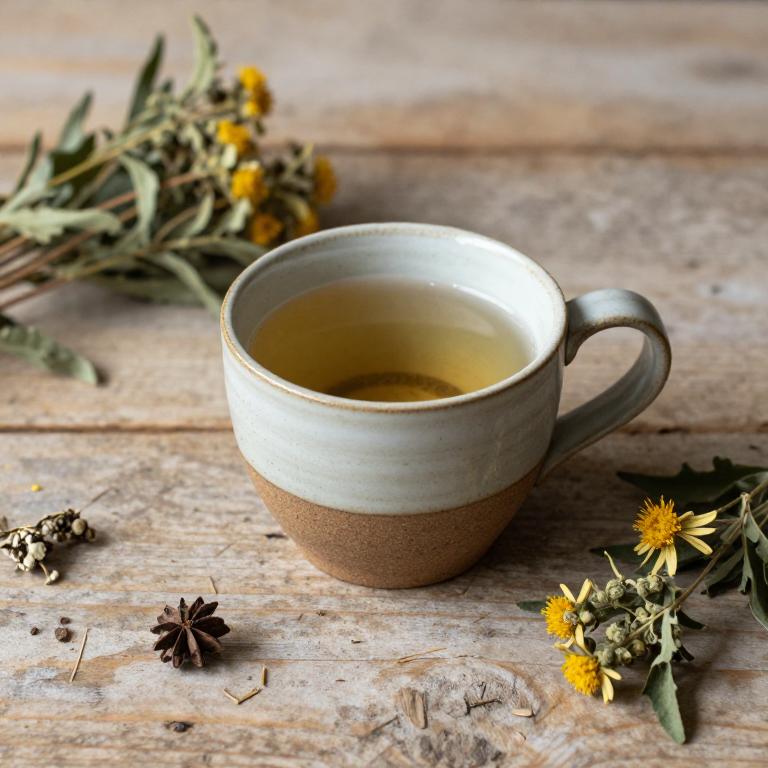
Urtica dioica, commonly known as stinging nettle, has been traditionally used in herbal medicine for its potential anti-inflammatory and antimicrobial properties.
When prepared as a herbal tea, it may help support the body's natural defenses against fungal infections by promoting detoxification and reducing inflammation in the skin. Some studies suggest that compounds in stinging nettle, such as flavonoids and polysaccharides, may inhibit the growth of certain fungi, although more research is needed to confirm its efficacy. While it is generally considered safe for most people, it is important to consult a healthcare professional before using it for fungal skin infections, especially if you are on medication or have underlying health conditions.
As a complementary therapy, stinging nettle tea may be used alongside conventional treatments to enhance overall skin health and recovery.
3. Aloe barbadensis
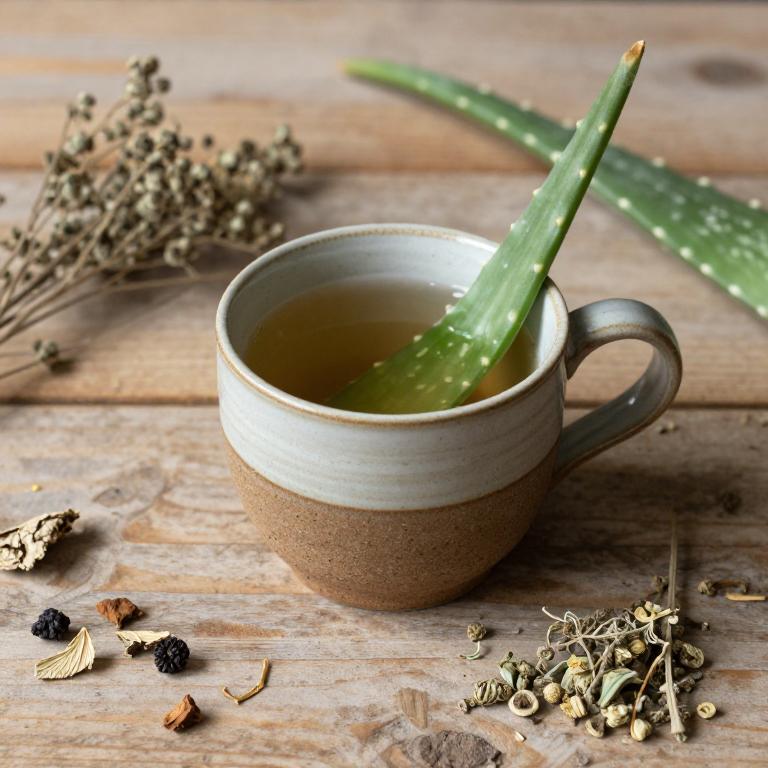
Aloe barbadensis, commonly known as aloe vera, has been traditionally used for its soothing and healing properties, and its herbal tea form may offer potential benefits for fungal skin infections.
The tea is believed to possess antimicrobial and antifungal properties due to its high concentration of polysaccharides, enzymes, and antioxidants. While it is not a substitute for conventional antifungal treatments, some studies suggest that aloe vera can help reduce inflammation and promote skin repair, which may aid in the management of fungal infections. However, more clinical research is needed to fully understand its efficacy and safety in treating such conditions.
As with any herbal remedy, it is advisable to consult a healthcare professional before using aloe barbadensis tea for fungal skin infections.
4. Echinacea purpurea
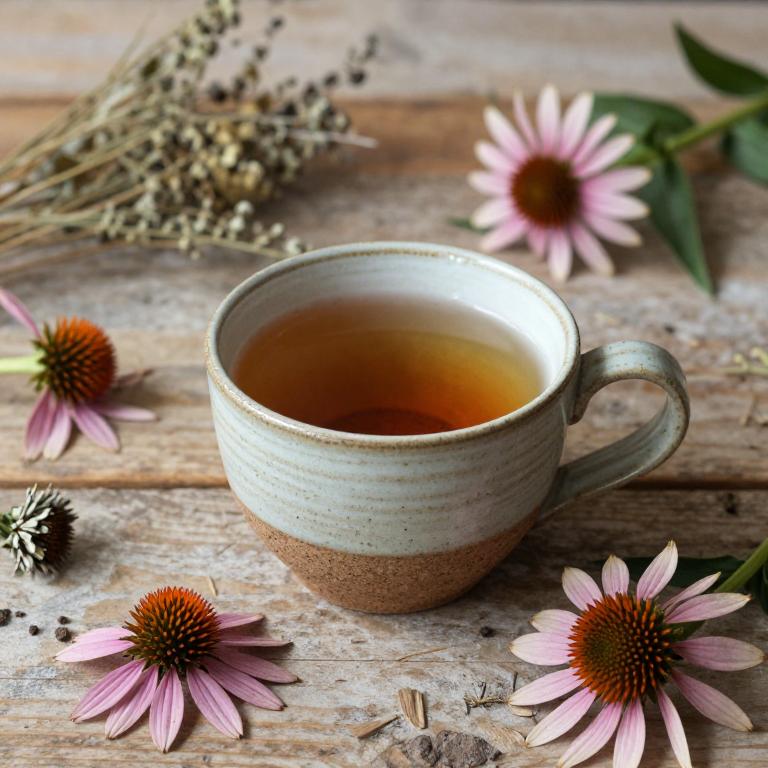
Echinacea purpurea, commonly known as purple coneflower, is a popular herbal remedy often used in teas to support immune function and potentially aid in the treatment of fungal skin infections.
While scientific evidence on its efficacy against specific fungi is limited, some studies suggest that echinacea may have antimicrobial properties that could inhibit the growth of certain fungal strains. Herbal teas made from echinacea are typically consumed internally to boost the body's defenses, though they may also be applied topically in some formulations. However, it is important to note that echinacea should not replace conventional antifungal treatments without consulting a healthcare professional.
As with any herbal remedy, individual responses can vary, and potential side effects or interactions should be considered before use.
5. Lavandula angustifolia
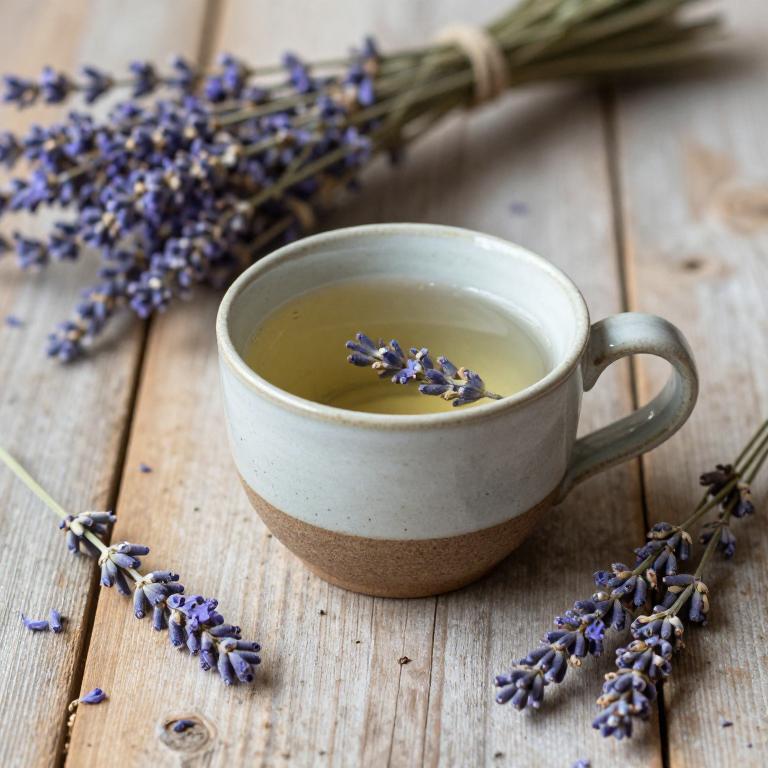
Lavandula angustifolia, commonly known as English lavender, has been traditionally used for its soothing and antifungal properties, making it a valuable ingredient in herbal teas for treating fungal skin infections.
The essential oils in lavender, particularly linalool and lavandic acid, exhibit antifungal activity against common pathogens such as Candida and Trichophyton. When consumed as a tea, lavender can support the body's immune response and reduce inflammation associated with fungal infections. However, while topical application of lavender oil is more effective for direct treatment, internal consumption may complement overall wellness.
It is important to consult a healthcare professional before using lavender tea as a treatment for persistent or severe fungal infections.
6. Cnicus benedictus
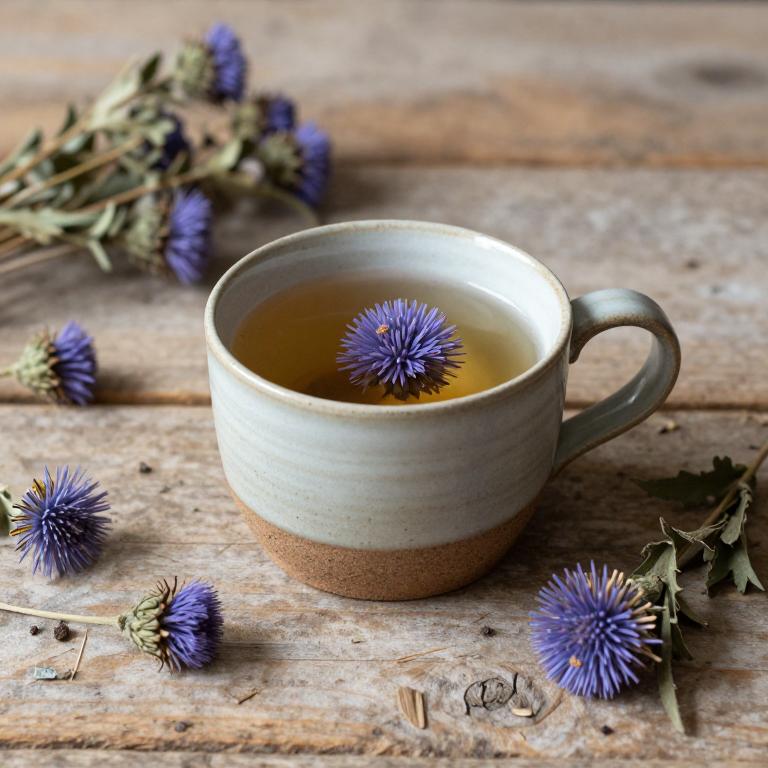
Cnicus benedictus, also known as blessed weed, has been traditionally used in herbal medicine for its potential antifungal properties.
The plant contains compounds such as flavonoids and tannins, which may help inhibit the growth of fungi on the skin. Herbal teas made from Cnicus benedictus can be applied topically to affected areas to reduce symptoms of fungal infections like athlete's foot or ringworm. While research on its efficacy is limited, some studies suggest it may have antimicrobial benefits.
As with any herbal remedy, it is advisable to consult a healthcare professional before use, especially if symptoms persist or worsen.
7. Teucrium marum
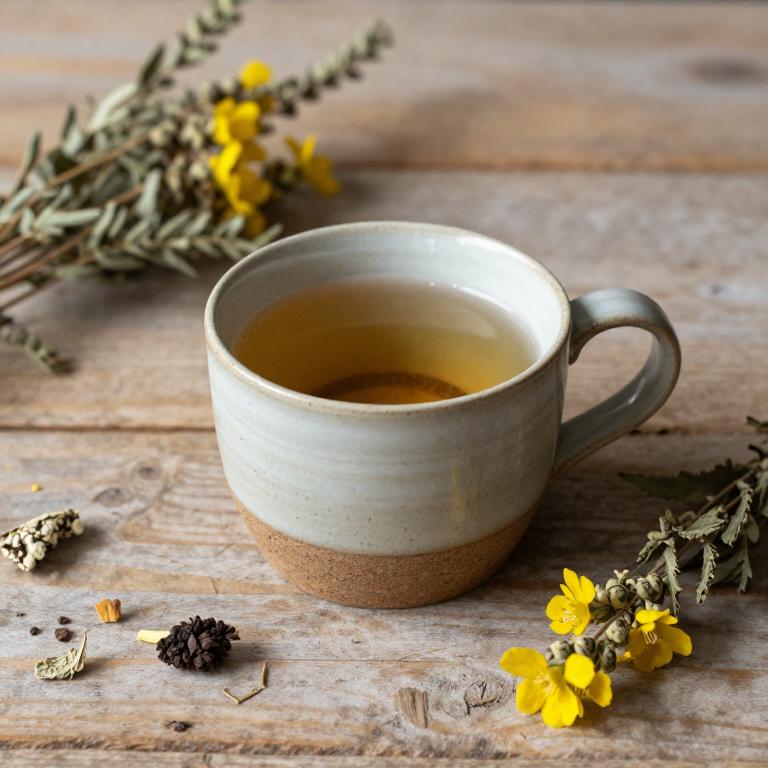
Teucrium marum, commonly known as germander, has been traditionally used in herbal medicine for its potential antifungal properties.
When prepared as a herbal tea, it may help support the body's natural defenses against fungal skin infections by promoting detoxification and reducing inflammation. The active compounds in Teucrium marum, such as flavonoids and essential oils, are believed to inhibit the growth of fungi on the skin. However, it is important to consult a healthcare professional before using this herb, as it may interact with certain medications or have side effects in some individuals.
While herbal teas like Teucrium marum may offer supportive benefits, they should not replace conventional antifungal treatments without medical guidance.
8. Silybum marianum
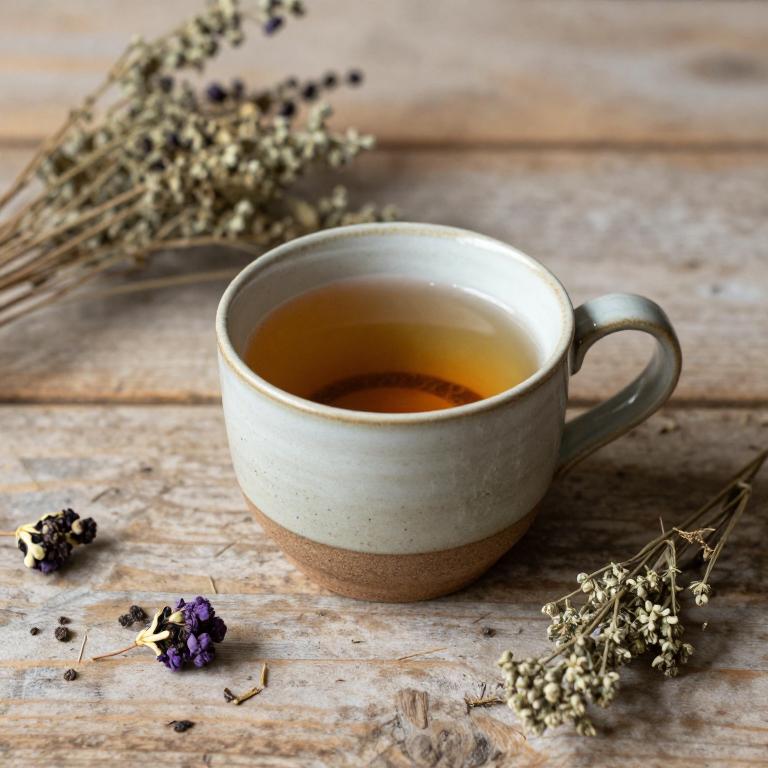
Silybum marianum, commonly known as milk thistle, is a herbal plant that has been traditionally used for its potential health benefits, including its antimicrobial properties.
Herbal teas made from silybum marianum may help in the management of fungal skin infections due to the presence of compounds like silymarin, which exhibit antifungal activity. These teas can be used as a complementary therapy alongside conventional treatments to enhance overall skin health. However, it is important to consult a healthcare professional before using silybum marianum, as it may interact with certain medications or have side effects in some individuals.
Despite its natural origins, the effectiveness of silybum marianum herbal teas for fungal infections can vary, and more scientific research is needed to fully understand its therapeutic potential.
9. Zingiber officinale
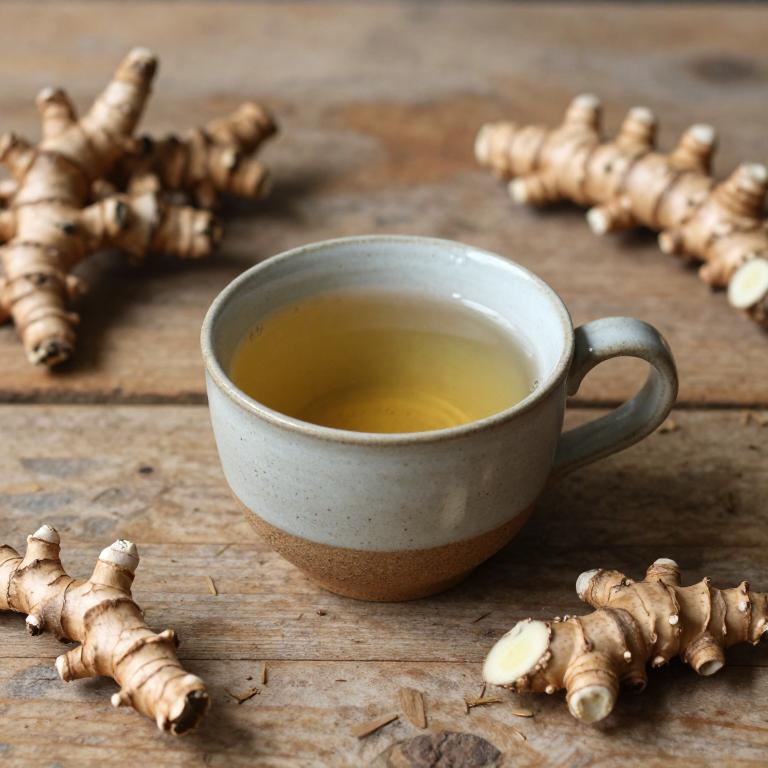
Zingiber officinale, commonly known as ginger, has been traditionally used in herbal teas to support skin health and combat fungal infections due to its antimicrobial and anti-inflammatory properties.
The active compounds in ginger, such as gingerol and shogaol, exhibit antifungal effects by inhibiting the growth of various fungal strains, including those responsible for athlete's foot and ringworm. When consumed as a herbal tea, ginger can enhance the body's immune response and promote detoxification, indirectly aiding in the treatment of fungal skin infections. However, while ginger tea may complement conventional treatments, it is not a standalone cure and should be used under the guidance of a healthcare professional.
Overall, zingiber officinale herbal tea offers a natural and supportive approach to managing fungal skin infections when integrated into a holistic care regimen.
10. Rosmarinus officinalis

Rosmarinus officinalis, commonly known as rosemary, is a popular herb used in herbal teas for its antimicrobial and anti-inflammatory properties.
Rosemary tea contains compounds like rosmarinic acid and carnosic acid, which have shown potential in inhibiting the growth of various fungi, including those responsible for skin infections. When consumed or applied topically, rosemary tea may help reduce inflammation and promote healing in fungal-infected skin. However, while some studies suggest its efficacy, more clinical research is needed to confirm its effectiveness as a standalone treatment for fungal infections.
It is often recommended to use rosemary tea as a complementary therapy alongside conventional treatments under the guidance of a healthcare professional.